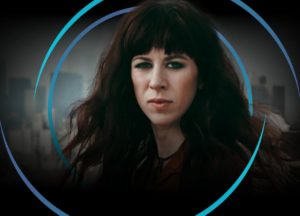 Over the last few days I have had this idea in my head. If there was a new Mount Rushmore exclusively set aside for contemporary American composers, which four heads would be carved in the stone? In virtually every permutation I have come up with, Missy Mazzoli is one of them!
Over the last few days I have had this idea in my head. If there was a new Mount Rushmore exclusively set aside for contemporary American composers, which four heads would be carved in the stone? In virtually every permutation I have come up with, Missy Mazzoli is one of them!
Last Sunday I went to the Barbican for the Total Immersion event focussing on this incredibly eclectic composer who has been called “the 21st century’s gatecrasher of new classical music”. It’s the first event of this type that I have been to since Aaron Copland’s centenary celebration, also at the Barbican back in November 2000. Just like then, it was a real buzz!
Now it’s possible that the publicity material for this event subconsciously gave me the Mount Rushmore idea. In these shots Mazzoli looks determined, confident and majestic. But it’s not the look, but her music that ensures this figurehead position. She is right there at the very vanguard of contemporary classical composition.
What enthuses me is that so many of the leading lights of the current generation are female. Also, many are American: Caroline Shaw, Jessie Montgomery, Jennifer Higdon, Julia Wolfe, Gabriela Lena Frank and the Anglo-American Anna Clyne. It’s an exciting time to be a listener as these female composers are really pushing boundaries.
I have never been to a musical event like this dedicated to someone at the peak of their career. Over the last five years she has written three operas and several recordings of her orchestral works have been released whilst plaudits and awards have been coming thick and fast. I say peak, but that’s because I don’t have a crystal ball. There is certainly no sign that her talent will wane any time soon. This event was a fitting tribute to what Sarah Moohr-Peitch described as a “Captivating and brilliantly exciting musician” who seemingly can do it all.
For everyone involved, it was a long day comprising three concerts – orchestral works at 1.30pm, chamber works at 5pm and an opera at 8pm. Either side of the first performance were two chances to Meet Missy Mazzoli – in person and on film. Talk about Total Immersion – it was breathless! But despite being everything, everywhere all at once, Mazzoli handled it with complete unflustered composure and charm. It was just one of the many things about her that reminded me of Aaron Copland!
Dark and Excessive Bright
I first heard Mazzoli’s music on Radio 3 about two years ago. I think I was eating breakfast on a Saturday morning (Thanks Elizabeth Alker!). What I find instantly appealing about her music (and the music of Jessie Montgomerie and Caroline Shaw for that matter) is how she makes the high strings sound interesting. I have often thought it a bit unfair to the audience that the least attention-grabbing instruments were the ones hogging the centre stage – sorry violins and violas! However, in her music Mazzoli gives them a starry role. Has anyone ever used so many bent notes in music played by a classical string section? I doubt it but she uses them all the time. And when I say starry, I mean it. The music produces waves of sound making it hard not to visualise solar flares or the Aurora Borealis.
Mazzoli says that all her works feel like they are one and related. That a current one links to the previous and leads inevitably to the next. Three of the four works played in the orchestral concert indicated this causal link being about the solar system (Sinfonia for Orbiting Spheres), the underworld (Orpheus Undone) and our own cellular universe (These Worlds Within Us). Her recently recorded double bass concerto Dark and Excessive Bright (a quote from Milton’s Paradise Lost) has a similar feel of the vastness of space interposed with celestial objects.
In the films that were shown, Mazzoli says that she wants to be an “artist of my time” and that she is only “interested in music that can be written now” and adds that she feels that New York City is “constantly nourishing me and constantly feeding me” and that “every day I live here feels like a victory”. In many respects , she’s like a modern-day Charles Ives taking influence from all the glorious and gritty urban and human sounds that surround her and then throwing in her own brand of neo classicism and minimalism and sampled electronica. It’s an enticing and intoxicating mix.
My Total Immersion Highlights
The day was so well curated that it was hard to pick highlights but here are a few.
I adored Harp and Altar for String Quartet, a piece from 2009 that involves sampled voice and electronica. The title comes from a Hart Crane poem The Bridge – a celebration of the architectural grandeur of Brooklyn Bridge: “harp and altar, of the fury fused”
It starts off all Philip Glass but gradually moulds into something much different showing off Mazzoli’s early years where she also was in the indie band Victoire. As always she seems to be at one with the zeitgeist and at times a good few strides ahead of the following pack. To me, the second part of the tune (where she uses the recorded voice of fellow composer Gabriel Kahane delivering the words of Crane’s poem) has a delivery style resembling the song Hollow Talk by The Choir of Young Believers. This song was written at the same time and later used as the theme tune in the Scandi Noir TV programme, called (yep you’ve guessed it) The Bridge.
There were other bits that made me wonder about Mazzoli’s influences. For instance, the breathing through mouth organs in Sinfonia for Orbiting Spheres which are intended to sound like a hurdy gurdy but immediately put me in mind of Ennio Morricone’s death wail breathing in the score from Once Upon a Time in the West. Watch the clip below but (spoiler alert) bear in mind this includes the big reveal.
Orpheus Undone starts as if it is directly quoting from John Adams’ Short Ride in a Fast Machine with the woodblocks. It sounds like such a dead ringer that I wonder if it was an intentional nod?
Going back to urban sounds. The back end of Ecstatic Science (a piece for sextet including flute, clarinet and trumpet) used the strings in a way that sounds like distant blue lighted NYPD car sirens. Once again, it certainly feels like the Big Apple is feeding her creativity.
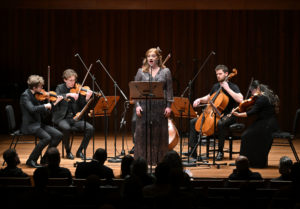
Hannah McKay, the Elmore Quartet and Gabriel Maclel Rodrigues performing Jessie Montgomerie’s Lunar Songs
Photo by Mark Allan
I got a real thrill seeing (yes, for once actually seeing) the bass clarinet being played as part of the small opera ensemble for Song from the Uproar: The Lives and Deaths of Isabelle Eberhardt. The creative scoring for small ensemble also includes an electric guitar. I’m not a regular opera goer (I’m generally put off by the length and sometimes silly plots and the soprano high notes). However, the duration of this opera (75 minutes), with a very interesting story with accessible tunes, imaginative instrumentation and unbelievable movement and dance by Lucia Chocarro was right up my street. The small communal feel (in which even the choir become a part of the action at the end) is very much of its time (due almost certainly to limited budgets) and that’s probably why I like it. It seems much more in the tradition of Purcell’s Dido and Aeneas and Copland’s play operas than the grand operas that send me to sleep.
There were two pieces not by Mazzoli but by other beacons of classical music separated by 900 years – Hildegard of Bingen and Jessie Montgomerie. The latter’s Lunar Songs is a tribute to Leonard Bernstein. I have to mention soprano Hannah McKay’s mischievous eyebrow when she readied herself to sing the middle of three tunes called Oh, Lenny. I knew I was going to like it before she even opened her mouth. She really sold this great tune. One of the lines (by J Mae Barizo) summed up Bernstein but also could apply to Montgomerie and Mazzoli in the way that their environment really plays such a huge role in their musical output:
In dreams, symphonies
Pour down the page, hear
The subway trains slice thru
The air, we are so near”
All day, one after another, the performers played their parts brilliantly. You could tell that each and everyone of them was fully invested and realised what a great opportunity this was to be playing really standout music to an enthusiastic audience that included the composer.
Meeting Missy Mazzoli
Talking of which…..I am often distracted by my fellow audience members fidgeting when I want them to be completely still. On this occasion I didn’t have that problem. However, it was hard not to be somewhat diverted as Missy Mazzoli was sitting just a couple of feet away from me! She was obviously in a pre-allocated seat as was I (in my press seat). It’s the first time I have sat so close to a famous composer!
I was hoping to have a chat after the first concert but she was back and forth on to the stage to receive the applause and have more interviews. I did manage to speak to her very briefly after the chamber concert and was also pleased to get in a question after the second Meet Missy Mazzoli event.
My question was about how her story and career trajectory reminded me so much of Aaron Copland’s. How so, you may ask? OK here goes:
She is of European extraction (her heritage is Italian/Polish). Copland’s parents came to the US from Lithuania
She lives in Brooklyn. Copland was born in Brooklyn.
Part of her youthful musical studies were spent at the Royal Conservatory of the Hague with Louis Andriessen. She said in the interview that the move to Europe gave her the perspective of what it is to be an American. Copland is often cited as having discovered American music in the salons of Paris.
Her work, though being very different from Copland’s tends to have similar subject matter and themes and have been composed at a similar time of their lives.
For example: At the age of 40 she wrote a piece for solo violin called Fanfare for the Unimpressed. Copland wrote his Fanfare for the Common Man aged 43.
Copland wrote Lincoln Portrait aged 41. Missy Mazzoli is in her 44th year and working on a potentially life changing commission for the Metropolitan Opera called Lincoln in the Bardo.
80 years ago, at exactly the same age Copland was putting the final touches to his transformative work – Appalachian Spring for which he was later awarded the Pullitzer Prize. Could Missy Mazzoli do the same with her next magnum opus? Who knows?
Talking of Appalachian Spring, the title comes from a line from a Hart Crane poem! Just like Mazzoli’s aforementioned Harp and Altar (Mind you it must be remembered that it was Martha Graham, not Copland that chose this title).
Both composers have written pieces that have strong, independent females as the central characters and neither have shirked from dealing with difficult subject matter (Copland – rape and imprisonment in Something Wild; Mazzoli – suicide in Song from the Uproar and sexual violence and murder in Breaking the Waves).
Mazzoli explained that she loves opera because of the collaborative process. This is an undeniable similarity to Copland who enjoyed many great tandem and team efforts on ballets, opera, the theatre and movies.
And like Copland, Mazzoli is a born communicator and judging by her calm demeanour all day she could be deployed like Copland before her as a US cultural ambassador.
Of course, I didn’t list all of these similarities in my question! In her answer, she said that she could really relate to Copland especially the way he had to adapt his art in the depression years in order to work with the opportunities that were available to him. She has to navigate a similar landscape of art programme cuts. She added that when she had a residency at the Macdowell Colony she looked at the wall where past residents had put their signatures. She said that when she saw Copland’s signature, she thought “Yayyy!” She didn’t elaborate but we all knew what she meant. That she’d arrived.
Oh yeah, Missy Mazzoli has definitely arrived!
More informtion:
If you enjoyed this review of Total Immersion: Missy Mazzoli and are ready for a deep dive then you can find out about all of Missy’s published works and recordings on her excellent website. I’ll be adding a playlist shortly. Watch this space!
Also, you can see a video called Interlude No 4 which is one of the ones shown on the day and includes her talking about her relationship with Brooklyn and New York City. Another is below. Enjoy!
Photo credits:
All photos: Mark Allan
Copyright: BBC/Mark Allan

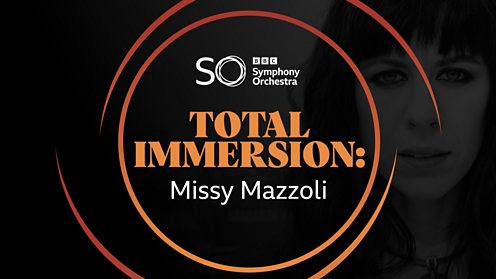


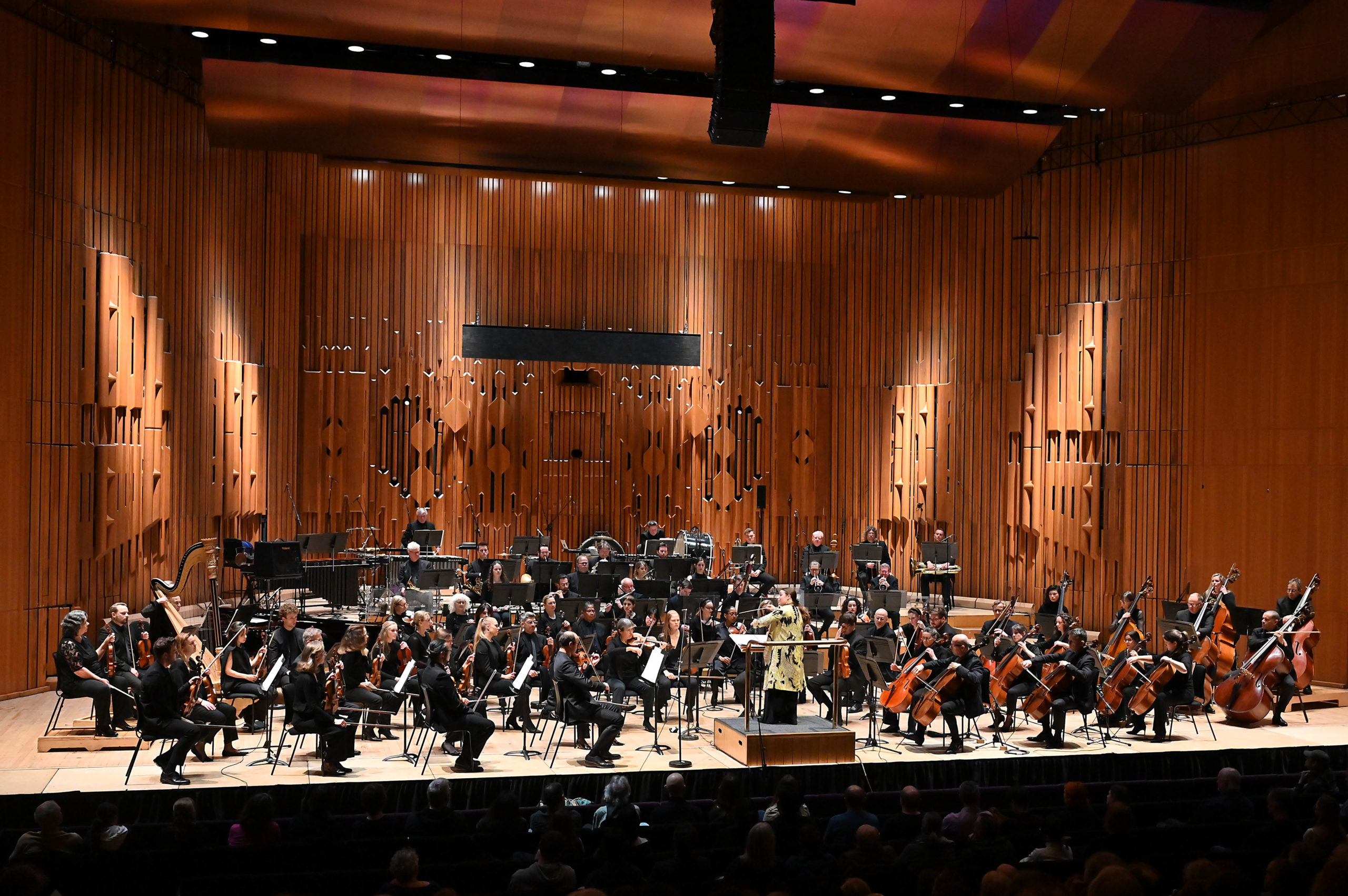
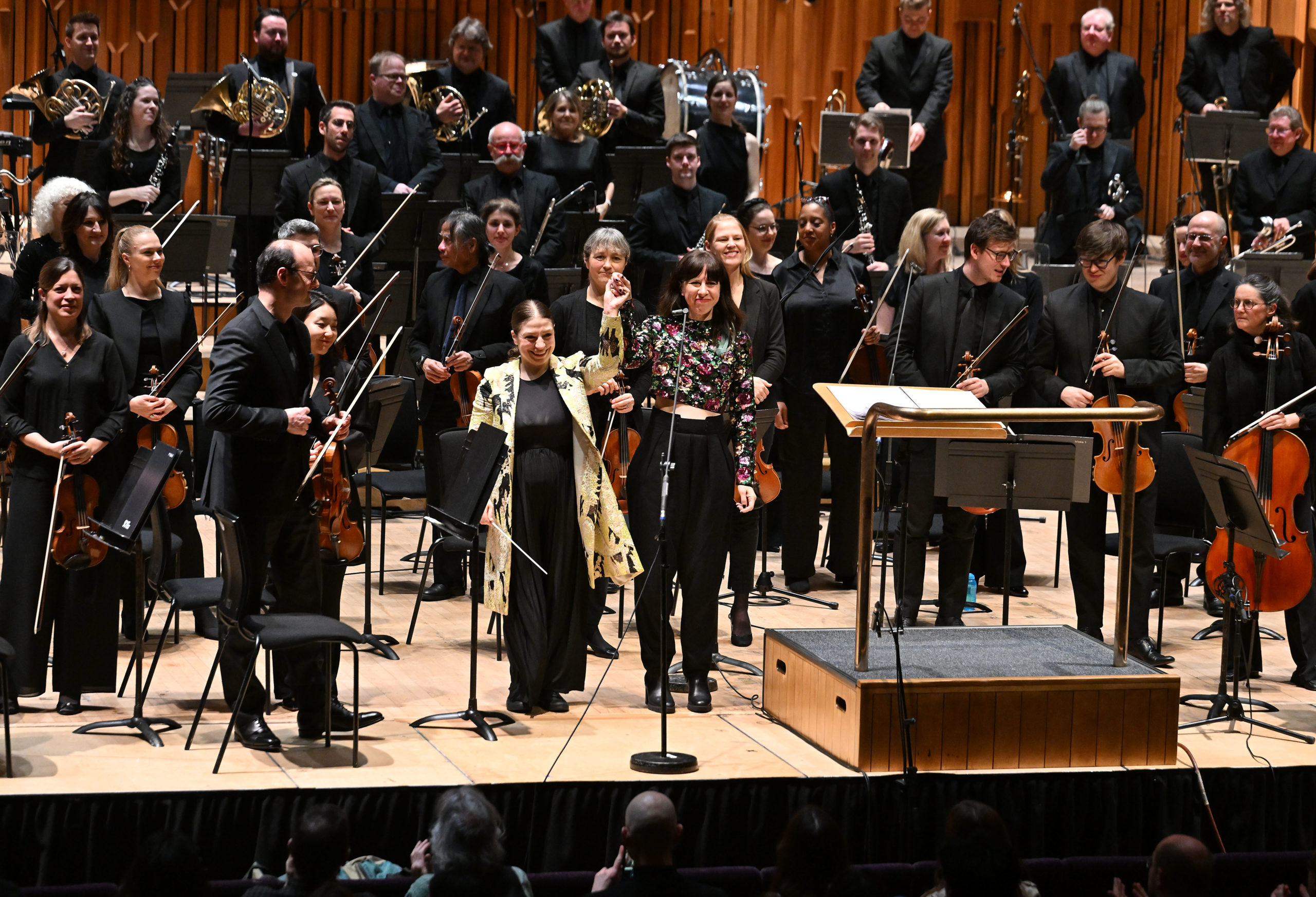
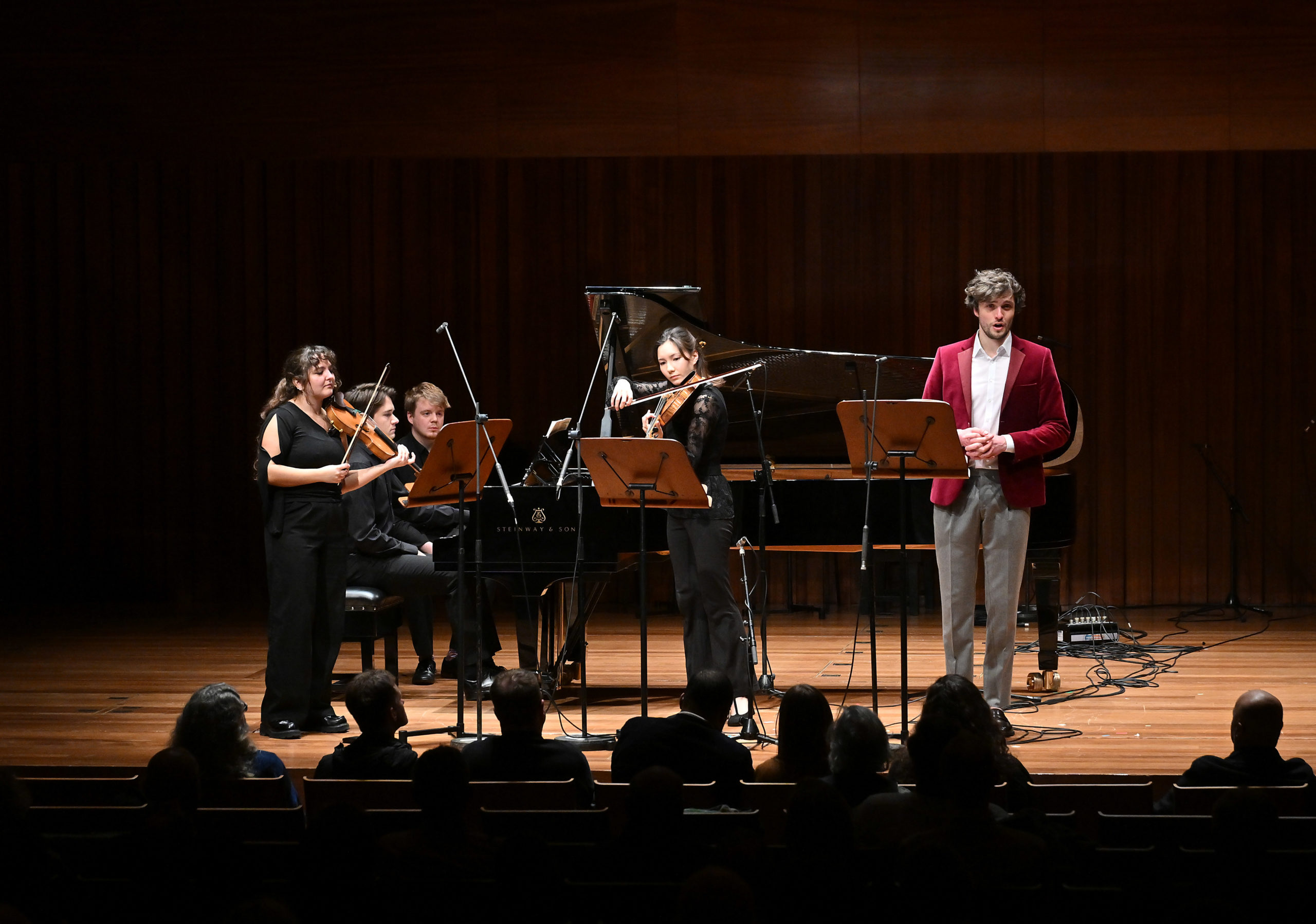




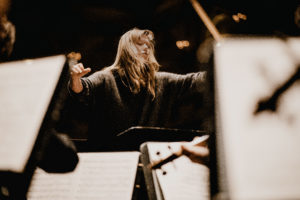
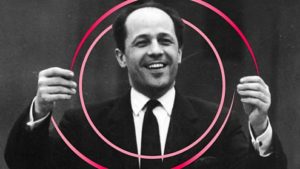
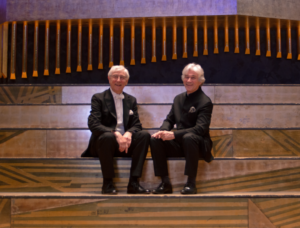





Leave a Comment